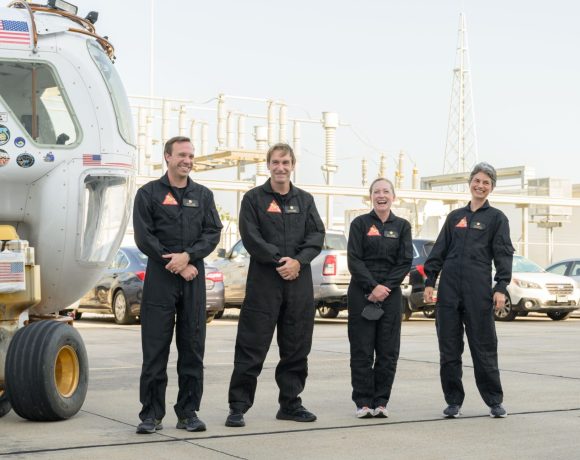Successful launch for Ariane 6 on maiden commercial mission

The heavy-lift rocket is essential to ESA
Europe’s latest space exploration milestone was reached on March 6, 2025, when Ariane 6, Europe’s newest heavy-launch vehicle, launched for the second time.
In its first commercial mission, the rocket lifted from Europe’s Spaceport in French Guiana at 13:24 local time (16:24 GMT / 17:24 CET), marking a pivotal moment for European space ambitions. Flight VA263, as it was designated, carried a CSO-3 satellite into orbit, delivering it to a Sun-synchronous orbit at an altitude of 800km.
The launch was operated by Arianespace, with the French Procurement Agency and the French space agency CNES as key partners. The French Air and Space Force’s Space Command also significantly oversaw the mission’s success.
ESA’s Director General, Josef Aschbacher, expressed his pride in the achievement: “The second successful flight of Ariane 6 marks a significant milestone in Europe’s journey towards enhanced autonomous access to space.
“Ariane 6 is a bedrock of this endeavour, paving the way for a promising future for European space activities, alongside Vega-C and new European launchers on the horizon. This achievement would not have been possible without our incredible teams’ dedication, collaboration, and hard work. My heartfelt thanks go to all colleagues who have made this monumental accomplishment possible. Together, we are elevating the future of Europe – and remember, it all starts with a launch.”
The flight was significant not only for the successful deployment of CSO-3 but also for demonstrating Ariane 6’s full range of capabilities. The launch executed all key phases successfully, including the first reignition of the Auxiliary Propulsion Unit (APU), the third boost from the Vinci engine, and the deorbiting of the upper stage.
The APU and Vinci engine boosts were critical moments in the mission, confirming the rocket’s precision and adaptability.
Toni Tolker-Nielsen, ESA Director of Space Transportation, added: “The first commercial launch of Ariane 6 demonstrates what will become regular with several Ariane 6 launches planned for 2025. The upper stage also showed its full potential, a unique piece of hardware that can ensure all types of missions to orbit. At the same time, it actively avoids becoming space debris itself, reaffirming Europe’s commitment to minimise in-orbit space debris.”
Ariane 6, Europe’s heavy-lift rocket, is essential to the European Space Agency’s (ESA) mission to ensure autonomous and reliable access to space. Its modular design can launch missions to various orbits, ranging from low-Earth orbit to deep space. For this mission, the rocket was used in its two-booster configuration.
After a successful liftoff, the boosters separated, and the rocket’s upper stage took over. The upper stage’s engine fired for the first time, taking the spacecraft on an elliptical orbit from 300km to 600km above Earth. Following a 37-minute coast phase, the Vinci engine fired again for the second boost, pushing Ariane 6 further towards its destination.
As the mission neared completion, CSO-3 separated from the rocket and successfully injected into its desired orbit. The final stage of the mission included deorbiting the rocket’s upper stage, where the APU reignited, ensuring the stage burned up safely upon reentry into Earth’s atmosphere. This marked the full demonstration of Ariane 6’s capabilities, confirming its ability to reduce space debris by safely removing itself from orbit.
The successful second launch of Ariane 6 represents a significant leap forward for European space exploration. Several more commercial missions are planned for the coming years. With each successful launch, Ariane 6 steadily positions Europe to maintain a decisive, independent role in global space activities.
Image: Ariane 6’s modular design can launch missions to various orbits. Credit: ESA













